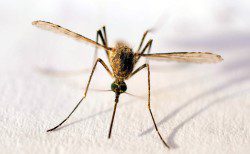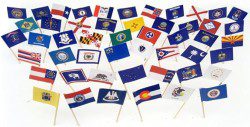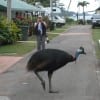 by Jim Stevenson
by Jim Stevenson
Hi Folks,
We just finished sitting at a creek watching two Duck-billed Platypus at sundown, easing down the way. How cool was that! Things are going extremely well our first week, with about 160 life birds for our birders. More over, the bird photography has been wonderful. Tomorrow we leave for three days in the Outback, on our way to Kakadu. Here are a few.
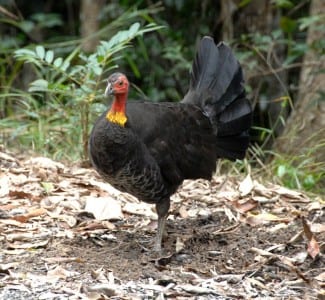
The Australian Brush-Turkey is one of three mound-builders, a fascinating method of nesting. They, the Red-footed Scrub-Fowl and theMaleefowl of Southern Australia all turn around and scrape up a huge mound of leaves and ground litter for a “nest.”The female lays her eggs in the top hole, making the mound look something like a volcano. This is not the entire story. Every few days the female returns and sticks her bill into the hole where the eggs are covered up and ascertains the temperature of the eggs. If they are too hot she removes some leaves, but if they are too cool, she adds stuff on top of them. It’s an ingenious way to incubate eggs without being present.
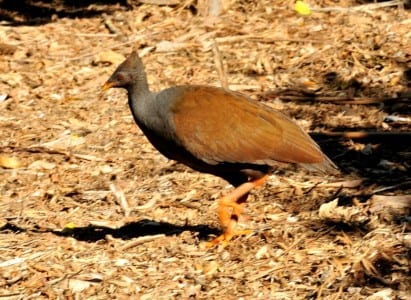
The other mound-builder in Queensland is the Orange-footed Scrub-Fowl, a chunkier bird than the preceding. Their feet (and legs) look like those of White-fronted Geese and the crest gives it a regal look. Well, sorta. You can see what great camouflage they have in the reddish earth’s shadows and they also run quite well. But if all else fails, they can fly in rapid bursts, not unlike quail.
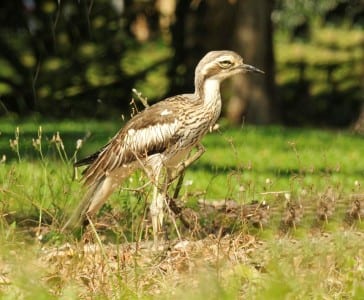
The Bush Stone-Curlew is a relative of our plovers but is nocturnal, with this one looking a bit sleepywhen we disturbed it. They forage along neighborhoods in the evening for scraps of foods and bugs, making the most unbelievable, hideous scream you can imagine. When I first heard it years ago I searched for it by flashlight as I had no idea what was disturbing the peace like that. This would have been my last guess! There is a similar Beach Stone Curlew that disturbs campers equally, and both are a challenge for us bird guides to find.
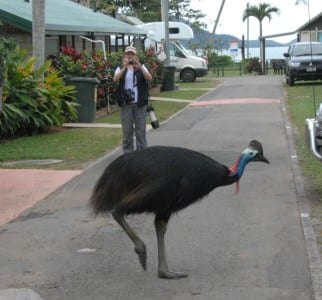
One of the most enormous and frightening beasts on Earth is shown here with Liz, and is called the cassowary. Liz is the one behind. We are in a lovely community called Mission Beach, famous for its cassowaries. This old male wanders through the park every day, looking for kibbles and bits, and holding up traffic, human and otherwise. Cassowaries will appear in a future PDF with a little more science and a little less goofiness.
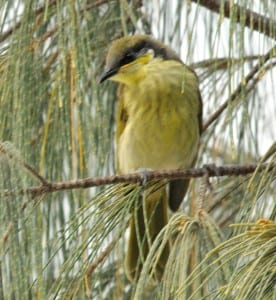
This is a poorpicture of a honeyeater, a huge family of songbirds in Australia. These are not to be confused with the honeycreepers ofthe American Tropics, with their long, sickle bills and brilliant colors. These honeyeaters are like the warblers of Australia and occupy about every imaginable niche. This is the Mangrove Honeyeater, and of course, lives in the coastal forests.
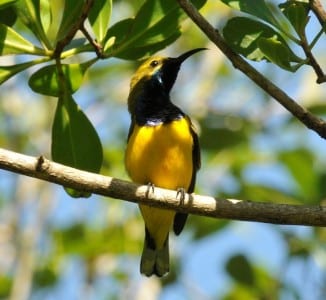
This is the Olive-backed Sunbird, virtually the only member of its family in Australia. It’s curious they have gorgets like our hummingbirds of the New World, since they also are nectivorous. Africa has a few more sunbirds but nothing like the 300 species of hummers in the Americas. These groups of birds are very importantto the flowers for pollination, as they do theplant’s bidding.
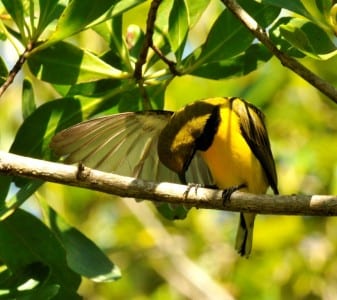
This Olive-backed Sunbird is preening, an important chore for all birds. You can see his primaries, though, which aren’t easy to get good looks at. Most songbirds have 9-10 primaries and the shape of the wing is determined by the length of their primaries. Sunbirds have rounded wings for short flight and you can see the longest primary is about the third one. Birds like ducks, shorebirds and falcons that have “pointed” wings have their longest primaries first and each ensuing one is shorter.

There are plovers and there are plovers. This is theMasked Plover, a large shorebird with a face that suggests the Phantom of the Opera. They still have the plover habit of feeding on small animals on the ground and like some others; they almost prefer grass to beach. The wicked secret these hide is their spur on the bend of the wing that males use in combat. It belies their mild-mannered appearance.

Here is the Papaun Frogmouth, a goatsucker that’s distantly-related to our nighthawks and Whip-poor-wills, etc. By day they hide in dark patches of forest but my secret weapon (Liz) spotted the female. Later, I found the male (above), which is grayer than the gal. These are insectivorous and often the victims are beetles. Now, if you wanna see some real tree-bark camouflage, check this out: He looks like an octopus, the way the “coat” is exactly the color of the surroundings (bark). This family (goatsuckers, New World; nightjars, Old World) has small bills but huge gapes, small feet, very thin skin and monstrous eyes. These males are big-headed but I am not sure why.
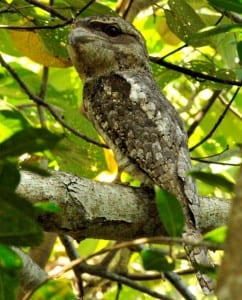
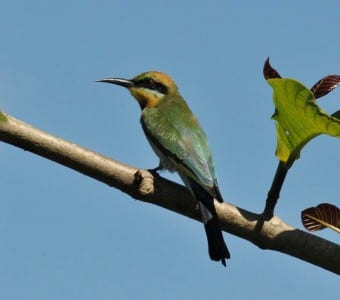
Nothing is more graceful and beautiful than the bee-eaters. Australia’s only species is the Rainbow Bee-eater while Africa has over a dozen. They are absent in the Americas. They grab bees on the wing and beat them to death on limbs. I am told the hapless hornets don’t appreciate the bird’s waspitality.
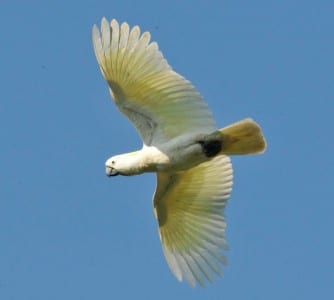
Australia’s poorly-kept secret is their large numbers of the parrot family, including Sulfur-crested Cockatoos (and black ones!), corellas, lorikeets, rosellas and on and on. This is the order Psittaciformes, a group of noisy, intelligent, colorful frugivores. It is really odd driving through a town and seeing – instead of House Sparrows, pigeons and starlings – many of these brightly-colored creatures squawking and flying overhead. This is definitely a place that needs to be in your bucket (before you kick it).

 Posted in
Posted in 




